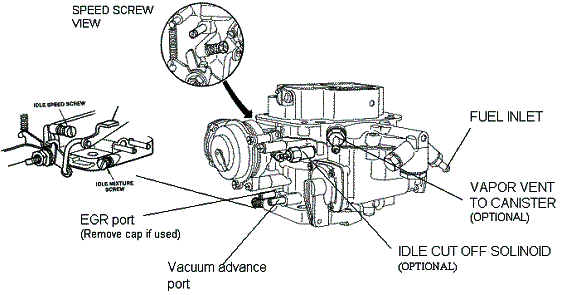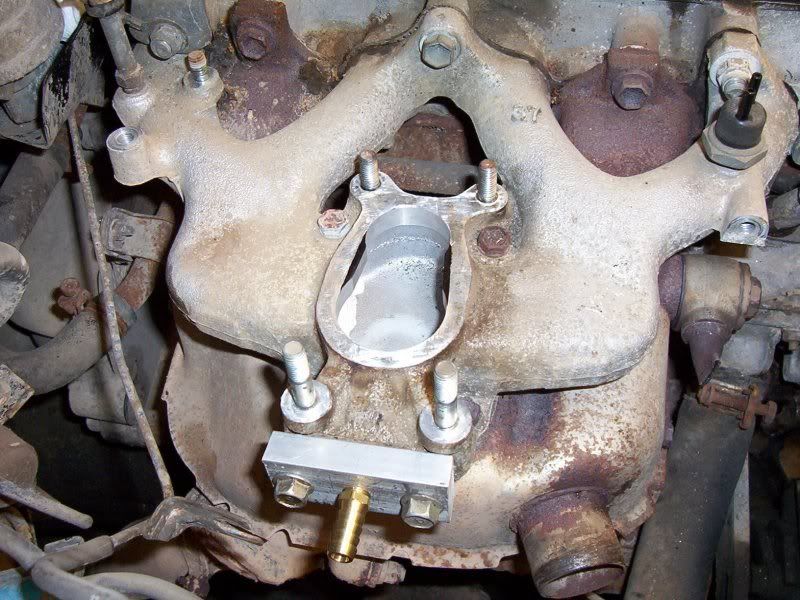http://performancecarbscience.com/weber ... onversion/
here's the long and short of the article. assume you are running a lean air/fuel mixture and have your vacuum advance connected to the manifold. now, lean mixtures take longer to burn. to compensate for this, the vacuum supplied by the manifold during idle and hwy cruising advances the timing, which allows the air/fuel mixture more time to burn--so this is good. vacuum advance is not needed during acceleration because the mixture becomes richer then and thus burns faster. during acceleration, manifold vacuum drops and no longer advances the timing, giving the mixture less time to burn, which is precisely what you want for a rich mixture. i'm simplifying like crazy here so take a minute and read the article.
in conclusion, if you like to run a lean air/fuel mixture (which you probably do unless you're racing your stock 3A tercel--ha!), you want the vacuum assist from your distributor connected to the manifold vacuum port. if you race and use a rich air/fuel mixture, then you might consider ported vacuum.
for those interested in trying out ported vacuum, here's a diagram that displays two ports that can be used for ported vacuum on the weber 32/36:

hope that helps everyone!
